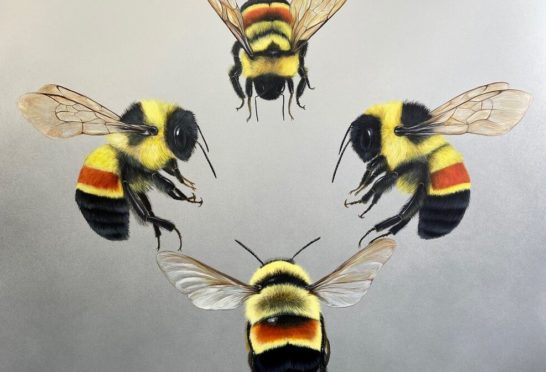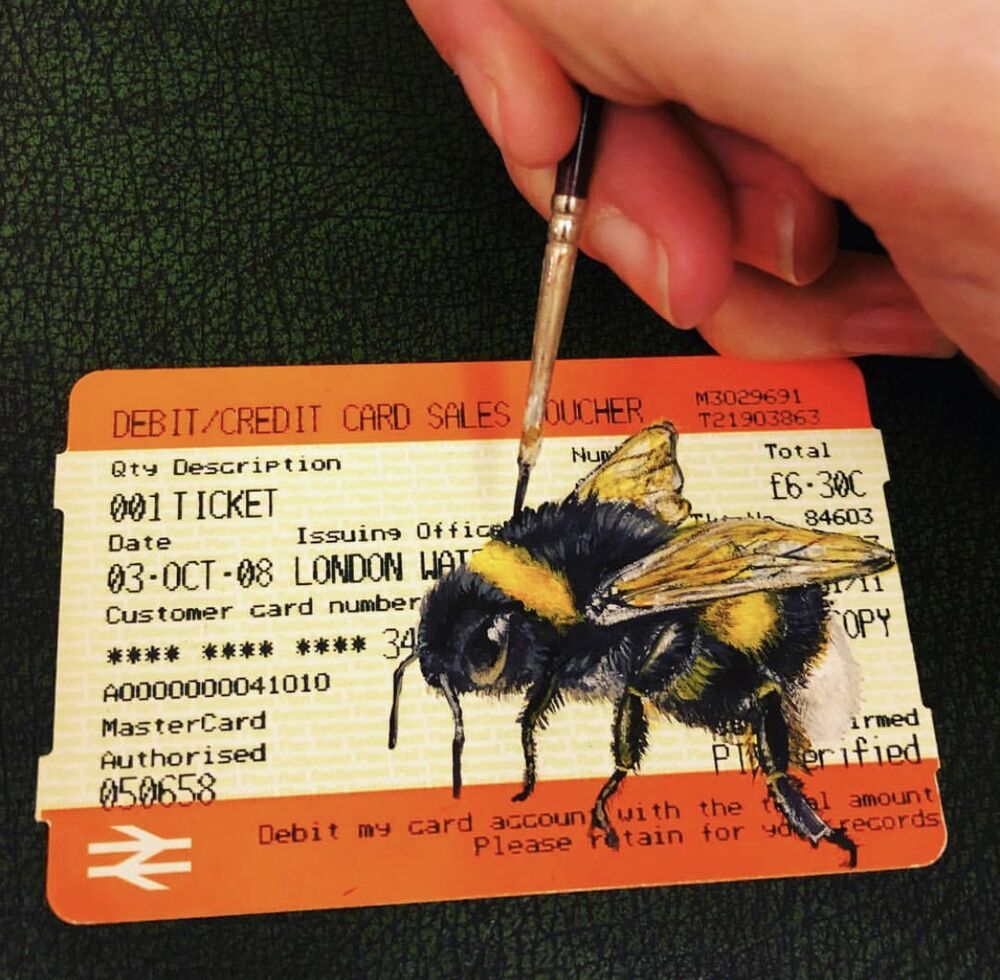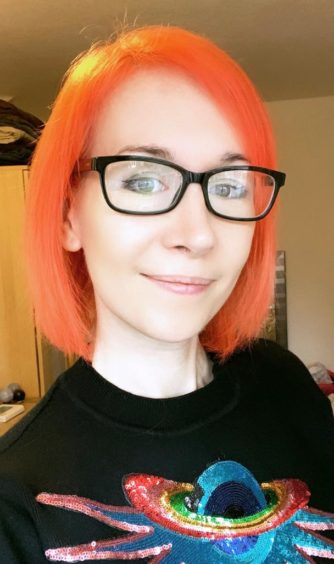
Bees are one of the most important workers in our ecosystems, yet they are under continual threat and their numbers are dwindling.
Artist Louise McNaught uses her work to highlight the issues these hairy little insects currently face.
Here, she tells Megan McEachern the Honest Truth about the humble bee, and how disastrous it could be for us if they are wiped out.
Why are bees one of the main subjects you paint?
I paint bees as they are so tiny and seemingly insignificant and yet are the key workers of our planet. They are so vitally important – without them we would lose so much, including fruit and flowers. They are key indicators to the health of the planet, but are suffering greatly, mainly because of pesticides and loss of habitat.
How do you use art to portray the importance of bees and other animals?
I often blow the bees up much larger than life size in my paintings to attract attention to their beauty, intricacy and to shine a light on how important they are. I often paint them either falling from the sky or on fire to further highlight the issues they are facing resulting in their decline. I also sometimes paint them on disposable items such as train tickets or spray paint cans to show how humans regard nature as just another commodity that can be used up and disposed of.
How important are bees to our ecosystems?
Bees are responsible for about a third of the food we consume daily (perhaps more if you are vegetarian/vegan) making them the world’s most important pollinator of food crops. Bees themselves are also an important food source for many other creatures like birds. However, bee populations are thought to be declining around 30% year on year, and this has a knock on effect to the birds and creatures that feed on them, and this then affects the whole food chain.

If we lose bees what effect would this have on humans?
If we lose bees we could lose nearly three quarters of the plants that produce 90% of the world’s food. Losing them would drastically reduce the foods we could grow and consume which would lead to food shortages worldwide.
How long do bees tend to live?
The typical lifespan of a bee is just over a month or 5-6 weeks. This can change in the winter though as bees can live 4-5 months when they’re overwintering.
How have humans used bees historically?
Bees have been used culturally as far back as 10,000 years ago. Ancient pottery has shown bee products like wax, honey, pollen and even their venom being used. In Ancient Greece mythology there was a minor god called ‘Aristaeus’ who was the Son of Apollo and a Demi-God of the creative arts, which included bee-keeping. He loved his bees deeply and was heart-broken one day to find them all dead.
How do bees actually produce honey?
Forager bees collect nectar from flowers within four miles of the hive. They have glands that secrete an enzyme that mixes with the nectar in the bee’s mouth. Back at the hive the nectar is passed from bee to bee turning the nectar into honey. This is then dropped into cells called the honeycomb.
What are the health benefits to humans of honey?
Honey is amazing, and the more raw it is the stronger the effects – it’s a good source of antioxidants, phytonutrients, anti-fungals and antibacterial properties.
What are your favourite facts about bees?
My favourite fact is that it has recently found the bees actually have personalities. It has been found that bees can super active, social, lazy, and even pessimistic.
Do bees really die after they sting?
It depends on the type of bee. Honey bees do as their stinger removes part of their abdominal and digestive tract which results in death, but this isn’t the case for bumble bees which can therefore sting more than once.
See more of Louise’s bee art at https://www.louisemcnaught.com/

Enjoy the convenience of having The Sunday Post delivered as a digital ePaper straight to your smartphone, tablet or computer.
Subscribe for only £5.49 a month and enjoy all the benefits of the printed paper as a digital replica.
Subscribe